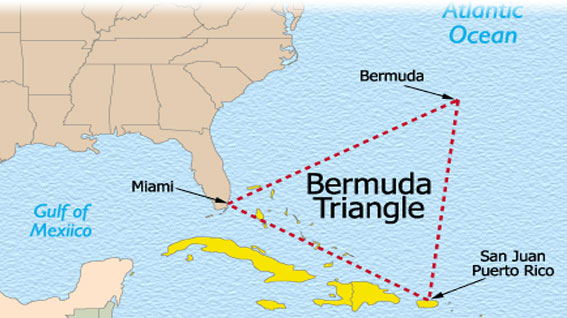Sharks really do have a sixth sense.
It is the electrosensory organ that we spoke of with the hammerhead sharks. The electrosensory organ is called the ampullae of Lorenzini. Sounds intimidating, however, it’s really just a jelly filled canal that starts near the nose and helps them find food under the sand and figure out what direction they are going.
Do you have another great question? Email info@beachchairscientist.com.









What people are saying …